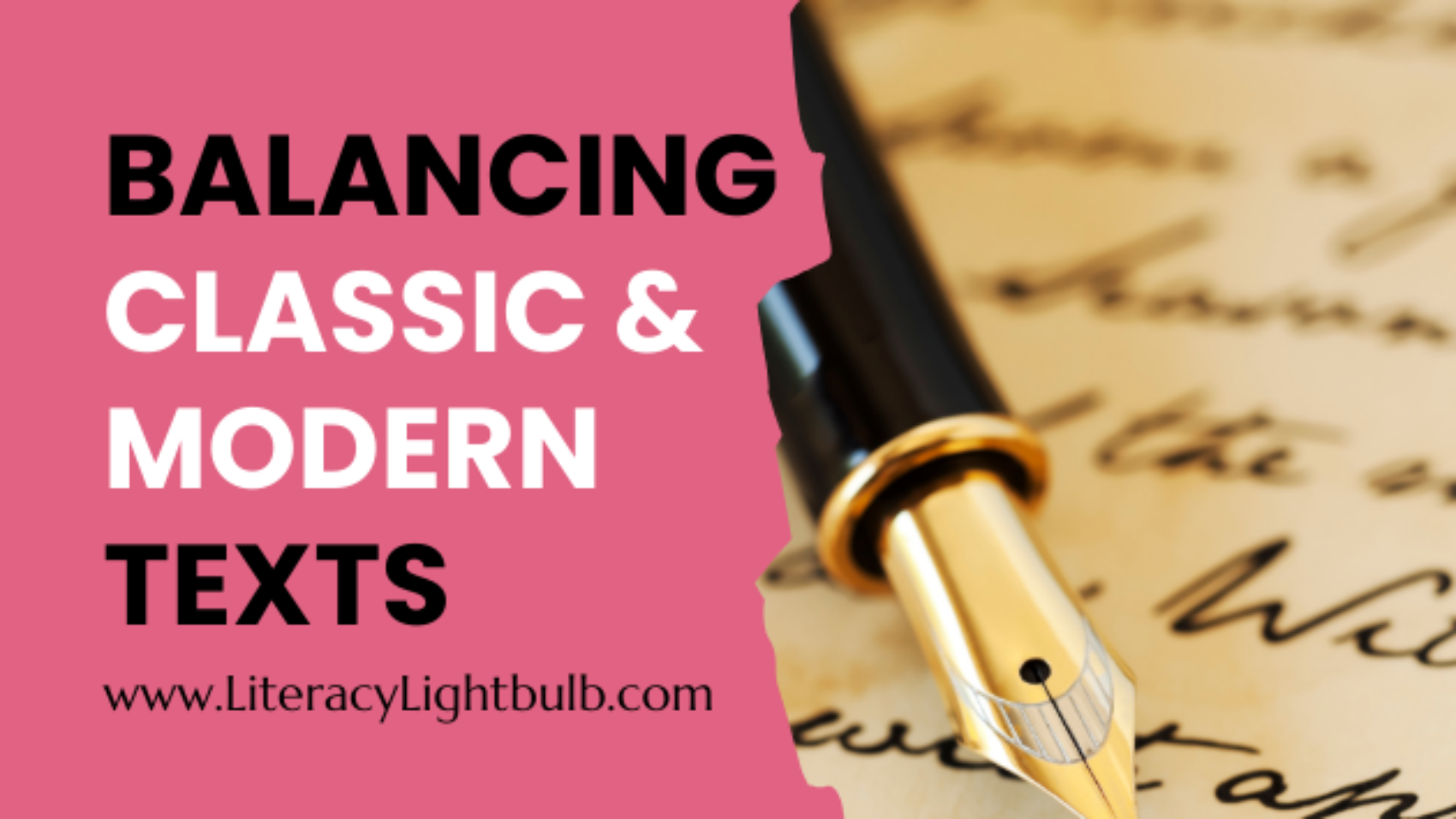When it comes to building a well-rounded English curriculum, striking the right balance between classic literature and contemporary texts can be a challenge. On one hand, classics like To Kill a Mockingbird and The Great Gatsby offer rich language, historical context, and timeless themes that have shaped literary study for generations. On the other hand, contemporary texts bring fresh perspectives, diverse voices, and relevant themes that resonate with today’s students. Finding the right mix of both can make literature more accessible and engaging, while also maintaining academic rigor.
The Value of Classic Literature
Classic literature has long been a cornerstone of English education. These works are often considered essential reading because they introduce students to complex themes, sophisticated language, and cultural history. Classics challenge students to think critically, analyze difficult texts, and draw connections between the past and present.
For example, studying a classic like Pride and Prejudice not only exposes students to the social dynamics of 19th-century England but also allows them to explore enduring themes like class, gender, and personal growth. These texts have stood the test of time because they offer universal insights that remain relevant across generations.
The Appeal of Contemporary Texts
While classic literature has its place, contemporary texts bring a different kind of energy to the classroom. These books often reflect the world students live in today, with characters and situations that feel more relatable and immediate. Contemporary literature also offers a broader range of voices and perspectives, including those from marginalized groups that are often underrepresented in classic works.
Books like Angie Thomas’s The Hate U Give or Jason Reynolds’s Long Way Down resonate with students because they tackle current social issues and use language that feels authentic to their experiences. These texts can spark meaningful discussions about topics that are relevant to students’ lives, making literature feel more personal and engaging.
Finding the Right Balance
So, how do you balance the old with the new? The key is to blend classic and contemporary texts in a way that enriches students’ understanding of both. Here are a few strategies:
- Pairing Texts: One effective approach is to pair a classic text with a contemporary one that shares similar themes or ideas. For instance, you might pair George Orwell’s 1984 with a modern dystopian novel like Suzanne Collins’s The Hunger Games. This allows students to see how themes of power, control, and resistance evolve over time and across different contexts.
- Thematic Units: Organizing your curriculum around themes rather than chronological order can also help balance the two. By focusing on universal themes—like identity, justice, or love—you can draw connections between classic and contemporary works that illuminate how these ideas are explored in different ways.
- Student Choice: Giving students some choice in what they read can also help strike a balance. You might offer a selection of books—both classic and contemporary—that fit within a certain theme or unit, and allow students to choose the one that most interests them. This empowers students to take ownership of their reading while still ensuring they are exposed to a range of texts.
- Diverse Perspectives: Ensure that both your classic and contemporary selections include diverse voices and perspectives. This might mean including works by authors from different cultural backgrounds or exploring texts that tackle a variety of social issues. By doing so, you create a more inclusive curriculum that reflects the richness of the literary world.
Conclusion
Balancing classic literature with contemporary texts is about more than just ticking boxes on a reading list. It’s about creating a curriculum that resonates with students, challenges them to think critically, and exposes them to a wide range of voices and experiences. By thoughtfully blending the old and the new, we can help students appreciate the value of both and foster a deeper love of reading that will last a lifetime.


